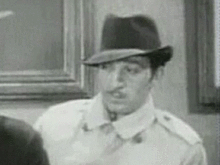
Vina Fay Wray was a Canadian-American actress best known for starring as Ann Darrow in the 1933 film King Kong. Through an acting career that spanned nearly six decades, Wray attained international recognition as an actress in horror films. She has been dubbed one of the early "scream queens".

The Hollywood Revue of 1929, or simply The Hollywood Revue, is a 1929 American pre-Code musical comedy film released by Metro-Goldwyn-Mayer. It was the studio's second feature-length musical, and one of their earliest sound films. Produced by Harry Rapf and Irving Thalberg and directed by Charles Reisner, it features nearly all of MGM's stars in a two-hour revue that includes three segments in Technicolor. The masters of ceremonies are Conrad Nagel and Jack Benny.
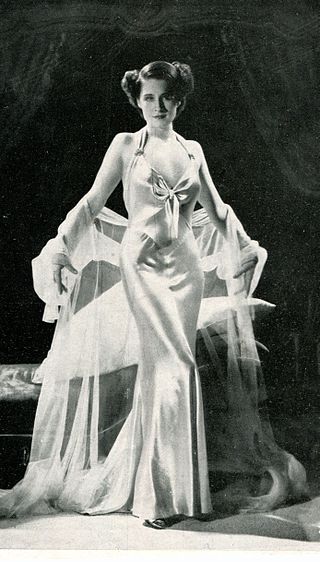
Edith Norma Shearer was a Canadian-American actress who was active on film from 1919 through 1942. Shearer often played spunky, sexually liberated ingénues. She appeared in adaptations of Noël Coward, Eugene O'Neill, and William Shakespeare, and was the first five-time Academy Award acting nominee, winning Best Actress for The Divorcee (1930).

Sunset Boulevard is a 1950 American black comedy film noir directed and co-written by Billy Wilder, and produced and co-written by Charles Brackett. It was named after a major street that runs through Hollywood, the center of the American film industry.

Oliver Norvell Hardy was an American comic actor and one half of Laurel and Hardy, the double act that began in the era of silent films and lasted from 1926 to 1957. He appeared with his comedy partner Stan Laurel in 107 short films, feature films, and cameo roles. He was credited with his first film, Outwitting Dad, in 1914. In most of his silent films before joining producer Hal Roach, he was billed on screen as Babe Hardy.

A Free Soul is a 1931 American pre-Code drama film that tells the story of an alcoholic San Francisco defense attorney who must defend his daughter's ex-boyfriend on a charge of murdering the mobster she had started a relationship with, who he had previously gotten an acquittal for on a murder charge. Directed by Clarence Brown it stars Norma Shearer, Leslie Howard, Lionel Barrymore, and Clark Gable.
The year 1938 in film involved some significant events.
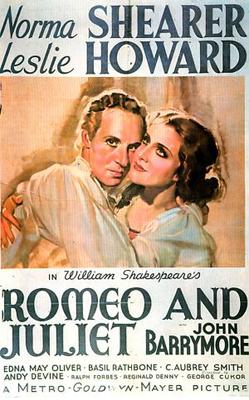
Romeo and Juliet is a 1936 American film adapted from the play by William Shakespeare, directed by George Cukor from a screenplay by Talbot Jennings. The film stars Leslie Howard as Romeo and Norma Shearer as Juliet, and the supporting cast features John Barrymore, Basil Rathbone, and Andy Devine.

George Raft was an American film actor and dancer identified with portrayals of gangsters in crime melodramas of the 1930s and 1940s. A stylish leading man in dozens of movies, Raft is remembered for his gangster roles in Quick Millions (1931) with Spencer Tracy, Scarface (1932) with Paul Muni, Each Dawn I Die (1939) with James Cagney, Invisible Stripes (1939) with Humphrey Bogart, Billy Wilder's comedy Some Like It Hot (1959) with Marilyn Monroe and Jack Lemmon, and as a dancer in Bolero (1934) with Carole Lombard and a truck driver in They Drive by Night (1940) with Ann Sheridan, Ida Lupino and Bogart.

Virginia Anna Adeleid Weidler was an American child actress, popular in Hollywood films during the 1930s and 1940s.
The following is a complete list of the 220 Our Gang short films produced by Hal Roach Studios and/or Metro-Goldwyn-Mayer between 1922 and 1944, numbered by order of release along with production order.
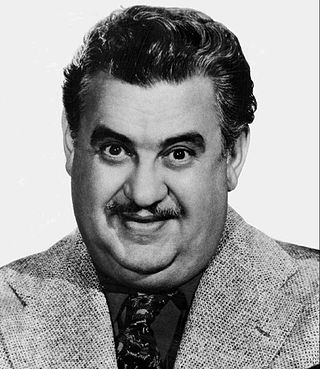
William Gilbert Barron, known professionally as Billy Gilbert, was an American actor and comedian. He was known for his comic sneeze routines. He appeared in over 200 feature films, short subjects and television shows beginning in 1929.

Mae Busch was an Australian-born actress who worked in both silent and sound films in early Hollywood. In the latter part of her career she appeared in many Laurel and Hardy comedies, frequently playing Hardy's shrewish wife.
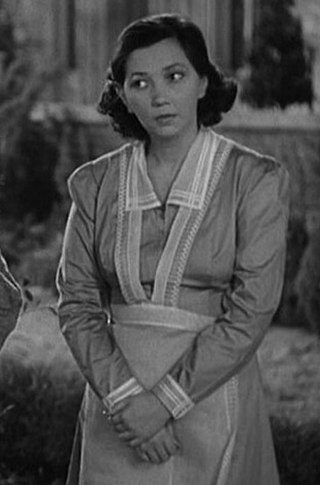
Patsy Kelly was an American actress. She is known for her role as the brash, wisecracking sidekick to Thelma Todd in a series of short comedy films produced by Hal Roach in the 1930s. Kelly's career continued after Todd's death in 1935 in similar roles.

Frank Fay was an American vaudeville comedian and film and stage actor. He is considered an important pioneer in stand-up comedy. For a time he was a well known and influential star, but he later fell into obscurity, in part because of his abrasive personality and fascist political views. He played the role of Elwood P. Dowd in the 1944 Broadway play Harvey by the American playwright Mary Coyle Chase. He is best known as actress Barbara Stanwyck's first husband. Their troubled marriage is thought by some to be the basis of the 1937 film A Star Is Born, in which the previously unknown wife shoots to stardom while her husband's career goes into sharp decline. Fay was notorious for his bigotry and alcoholism, and according to the American Vaudeville Museum, "even when sober, he was dismissive and unpleasant, and he was disliked by most of his contemporaries".

Our Gang is an American series of comedy short films chronicling a group of poor neighborhood children and their adventures. Created by film producer Hal Roach, also the producer of the Laurel and Hardy films, Our Gang shorts were produced from 1922 to 1944, spanning the silent film and early sound film periods of American cinema. Our Gang is noted for showing children behaving in a relatively natural way; Roach and original director Robert F. McGowan worked to film the unaffected, raw nuances apparent in regular children, rather than have them imitate adult acting styles. The series also broke new ground by portraying white and black children interacting as equals during the Jim Crow era of racial segregation in the United States.

The Joan Crawford filmography lists the film appearances of American actress Joan Crawford, who starred in numerous feature films throughout a lengthy career that spanned nearly five decades.

The Show of Shows is a 1929 American pre-Code musical revue film directed by John G. Adolfi and distributed by Warner Bros. The all-talking Vitaphone production cost $850,000 and was shot almost entirely in Technicolor.
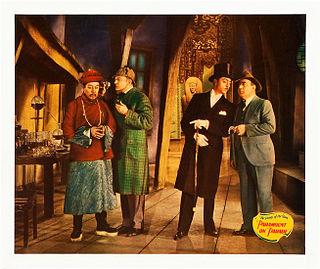
Paramount on Parade is a 1930 all-star American pre-Code revue released by Paramount Pictures, directed by several directors including Edmund Goulding, Dorothy Arzner, Ernst Lubitsch, Rowland V. Lee, A. Edward Sutherland, Lothar Mendes, Otto Brower, Edwin H. Knopf, Frank Tuttle, and Victor Schertzinger—all supervised by the production supervisor, singer, actress, and songwriter Elsie Janis.
